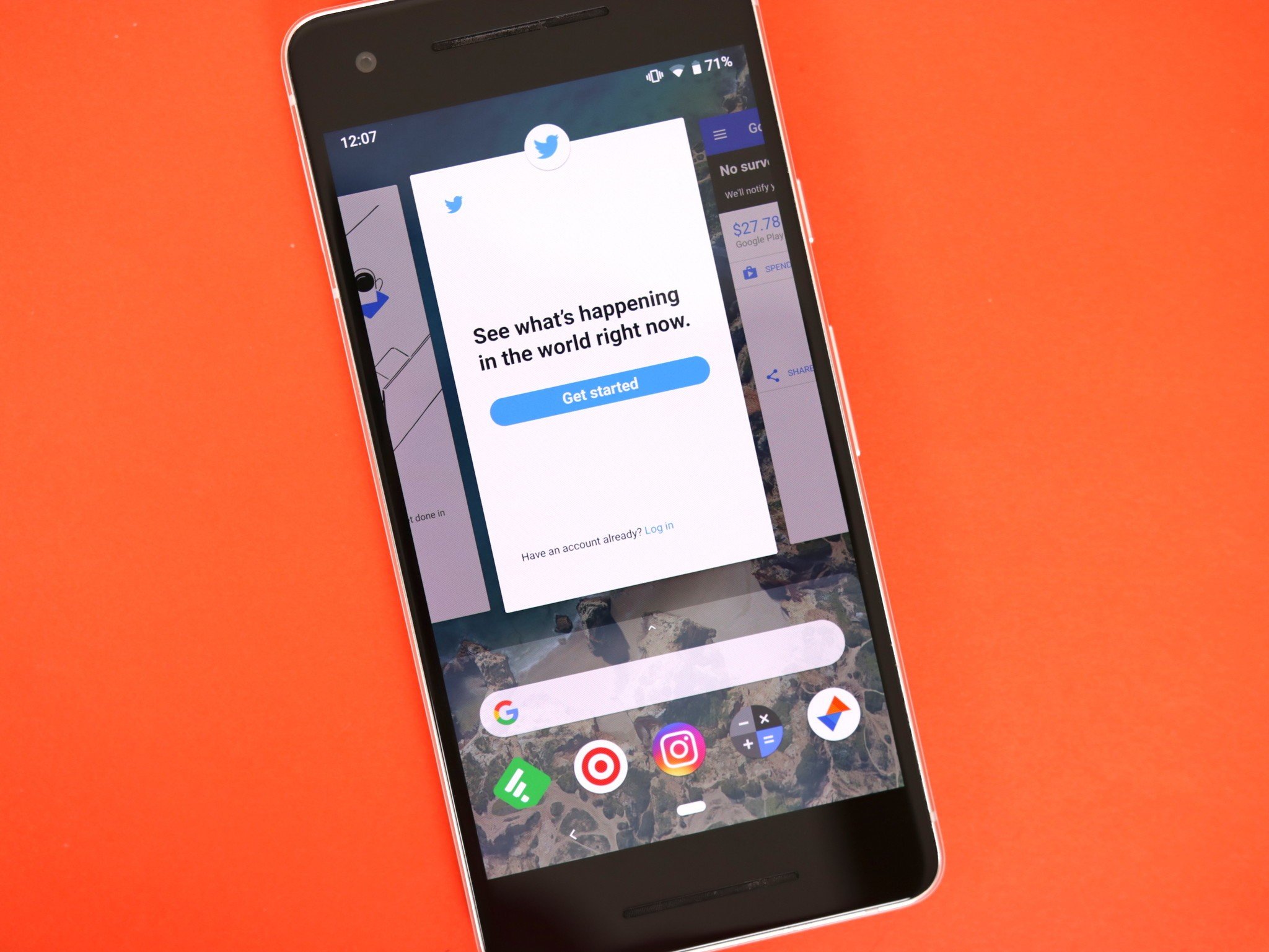Catacomb is a Wayland compositor for Linux smartphones. It aims to provide responsive window management without cutting down on useful features.
Catacomb is configured through IPC using catacomb msg.
Documentation for available configuration options is available under catacomb msg -h.
For persistent configuration or to launch applications on startup, Catacomb
automatically loads $XDG_CONFIG_HOME/catacomb/post_start.sh (or
~/.config/catacomb/post_start.sh if XDG_CONFIG_HOME is not defined).
You can find an example configuration here.




